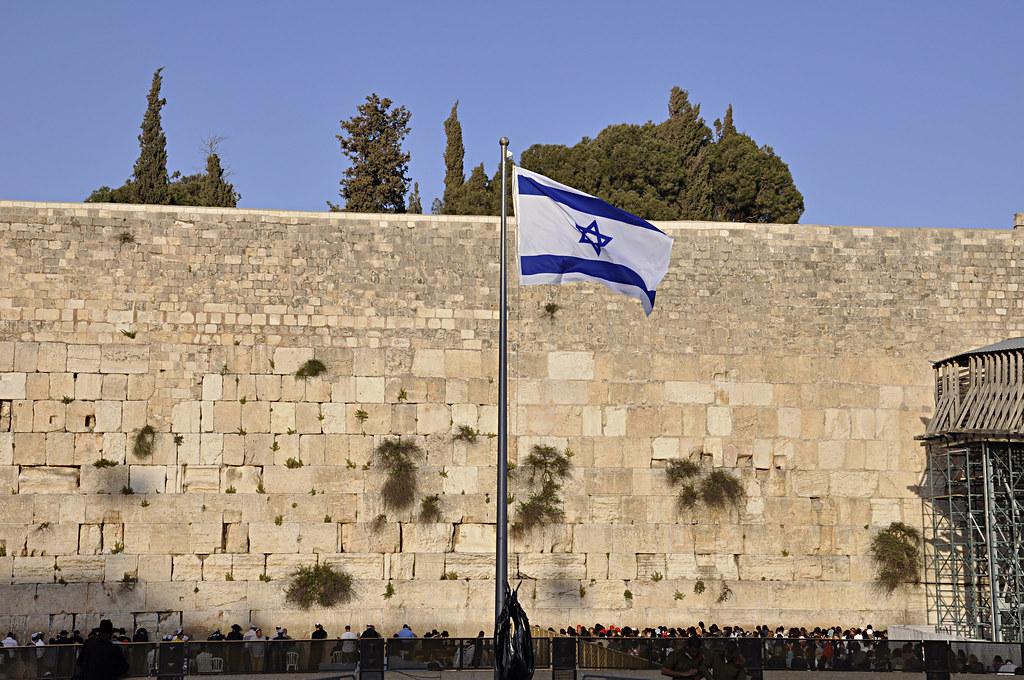Africa-Press – Rwanda. “This is Jerusalem. Some people even lose their mind when they come here,” says Uri, a guide leading us on a lifetime tour inside the old city.
This is my first time here, and my mind is being blown away by what I am seeing and hearing, as I, along with fellow journalists make our way through the stone walls of the city.
This is the city that is mentioned hundreds of times in the Bible, sung in songs in many places, and written about in books. Indeed, this is no ordinary place.
The small but famed city is very anomalous as well, since it houses extremely holy places for three different religions: Christianity, Judaism and Islam.
This is where you find the Temple Mount, a very Holy place for the Jewish people since it is where their temple used to be, though the place is now occupied by the Al Aqsa mosque – a facility that is considered the third holiest in the Islamic religion, after Mecca and Medina.
The immense religious aura of the city is arguably related to the mental issues that have been experienced by some few visitors in the past. This is what has come to be termed “Jerusalem syndrome.”
The condition is a group of mental phenomena that involves delusions, and some psychosis-like experiences that are triggered by a visit to the city of Jerusalem.
A research done by Israeli psychiatrist Yair Bar-El in 2000, showcased that most people who experienced mental health issues on their visit to Jerusalem had underlying psychiatric illnesses.
However, he noted that healthy people with no history of mental illness can arrive in Jerusalem and become troubled too. Such is the place that I have visited. Physically, old Jerusalem is surrounded by stonewalls, and has four quarters inside: Armenian, Christian, Jewish, and Muslim quarters.
The Christian quarter is a marvel for many, as it houses the highly venerated Church of the Holy Sepulchre, a large cathedral-like building that is believed to host the locations of Jesus’ crucifixion, burial and resurrection.
The writer touches the place where it is claimed Jesus’ cross was planted during the crucifixion.
Constructed in the 4th century, the church is of great significance in the history of Christianity, and it is always mobbed by many people who come to look at its wonders.
After you have entered, one of the first things you see is The Stone of Unction also known as The Stone of Anointing, the place where Christ’ body was laid after being removed from the cross and prepared for burial. Here, he was anointed and wrapped in shrouds as the Jews customarily prepared their dead for burial at the time.
A large picture of his body being removed from the cross by sorrowful people is on the wall, and as you stand and watch, it inspires emotion as you think about how sad that particular day must have been for his family and followers.
When I visited, there were not many pilgrims due to the limitations caused by Covid-19, but I read that it is customary for pilgrims to kiss The Stone of Unction or rub it with oil and then wipe it with a cloth.
Near this place, a stairway leads to the Rock of Calvary (Golgotha), where the Crucifixion of Jesus is believed to have occurred. This location is not as you would expect it to look like, since it is well built and decorated, thus not giving a real picture of the setting of Jesus’ crucifixion.
However, there is a hole where Jesus’ cross is believed to have been planted and pilgrims are allowed to reach out their hands and touch the inside of it. Again, not far from here is the tomb where Jesus was buried.
A respected site in the Christian world, the burial bed has been covered in marble cladding, allegedly to prevent eager pilgrims from removing bits of the original rock as souvenirs.
The tomb is within a small chamber, which is dimly lit and decorated. Entering here is such an experience, looking at the dark place where The Lord is believed to have spent three days – dead, before he resurrected. After going out of the church of the Holy Sepulchre, there are a number of amazing sites in the city of Jerusalem that have some amazing stories too.
Among these is the Mountain of Olives, a hilly place that is very significant in the life of Jesus. It was near here that he prophesied the destruction of the Jewish temple (Luke 19:41-44), which happened years later in AD70.
This particular place is also where Jesus ascended to heaven, and it is believed that it is where He will stand upon His second coming. I also had opportunity to visit the Western Wall (within the Jewish quarter), a very key place of prayer in Judaism.
Also known as the Wailing Wall, the area’s holiness in Judaism is a result of its proximity to the Temple Mount, a place that has been the House for God’s name since the days of King Solomon.
It is also in this place that Jews believe Abraham tried to sacrifice his son Isaac to God, before God stopped him, and provided a lamb instead. Because of the Temple Mount entry restrictions for the Jews, the Western Wall is the holiest place where they are permitted to pray. Here, I found many people praying, and it looks like the place is occupied all day for this cause.
Interestingly though, in one of several Muslim traditions, it is argued that it is this site where the Prophet Muhammad tied the al-Buraq, a mysterious winged beast on which he rode during his night journey to Jerusalem, before ascending to paradise to get instructions to take back to the faithful regarding the details of prayer.
Such Islamic traditions are the reason why Muslims consider the Temple Mount as a very holy place for them. With all of this, the city of Jerusalem is quite fragile and worth lots of caution. In a way, this state of the city can also be looked at as a factor for sparking off the Jerusalem Syndrome among some visitors. Anyway, it is a city worth visiting.






